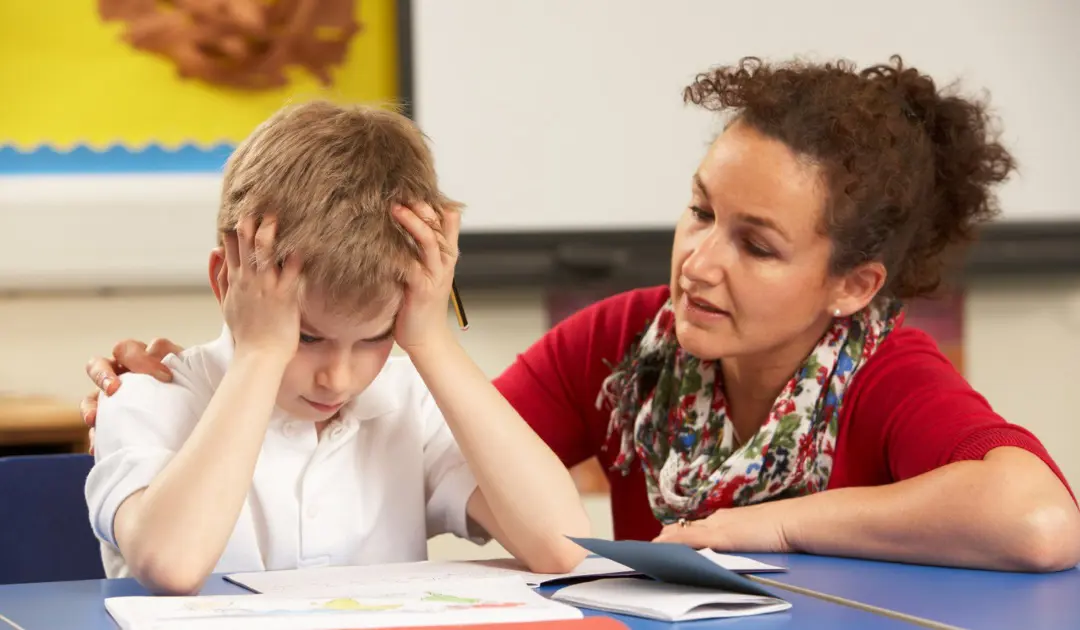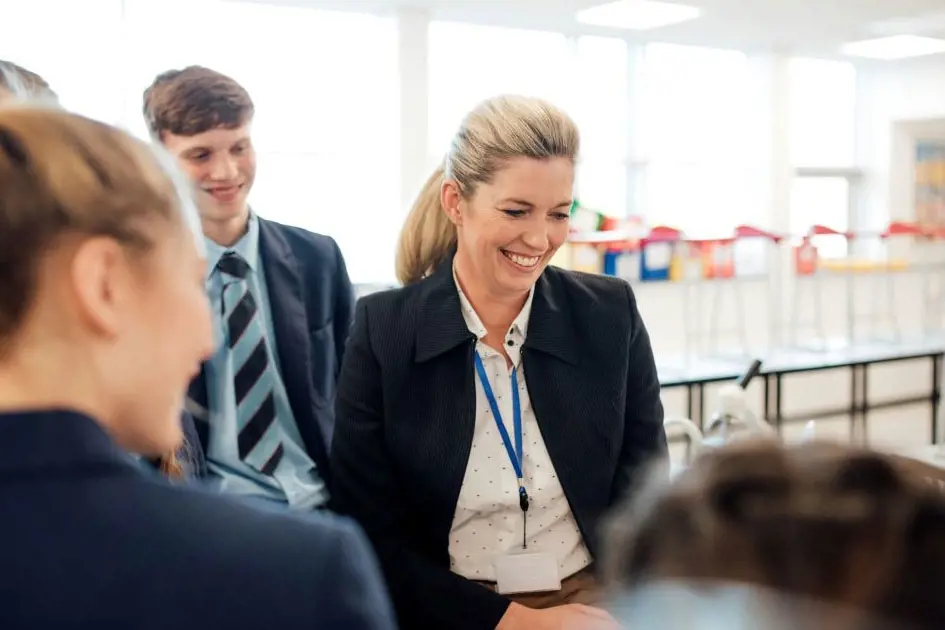Restorative practices vs restrictive practices in school: Which approach works best?

Pandemic chaos revealed one size doesn't fit all in education.
Before the Covid-19 pandemic hit, the use of restorative practices in schools seemed to be gaining traction.
Children and young people, staff and parents could be seen working together and finding solutions to difficult situations with one voice. Respect and accountability were promoted above hierarchy, and empowerment for all sides was encouraged.
The notion of tailoring structures to individuals won over numerous advocates and there was a recognition that treating everyone the same was not the same as treating everyone equally.
Everyone is different and one size does not fit all.
But with the pandemic hitting, this threw pupils’ education and wellbeing into disarray.
Teachers report alarming behaviour changes post-lockdown.
Our latest CPI School Behaviour Survey found nine in ten teachers reported a deterioration in behaviour since the end of lockdowns and one in five said they had experienced physical aggression on a weekly basis. We were told the fall in behaviour levels was in part due to:
-
Missed opportunities to build strong teacher-learner relationships in the classroom
-
A decline in mental health
-
And lower concentration levels for young people who increased their time on social media during lockdowns.
As a result, educators taking a restorative practice approach, which had reached almost romanticised levels, began to face tough questions and there has been a notable shift towards punitive practices of punishment as a deterrent.
It is understandable that schools want to look at alternative ways to deal with challenging behaviour in schools after the post-Covid slump. Restorative practices take time, and resources, which is something schools are finding in short supply.
No teacher wants to feel unsafe, find themselves breaking up fights or having to restrain their pupils. Some teachers have resorted to striking because they feel that classrooms have become unsafe to the point that they can no longer enter them.
Others have introduced tough restrictive practices like limiting bathroom breaks and even isolation for challenging learners as part of their classroom management.
Empowering Educators: Navigating Disciplinary Boundaries in Schools.
The risk now is, if we are moving towards more restrictive practices, how can we ensure educators are feeling empowered to make the right choices and not go too far?
Choosing tougher sanctions can appear to work in the short term, but the risk is its success could be expanded to a point where it tips from being reasonable to disproportionate.
The current tools available for educators vary and vagueness over the rules – particularly around restraint – remains unclear because “proportionality” is subjective.
Ambiguity is such, that the Department of Education in England launched a consultation in 2023, asking for views from the profession about the circumstances that might justify the use of reasonable force and physical restraint, along with other forms of restrictive practice. It is expected to be published later this year.
However, there are variations within different UK countries, which govern when and how designated staff in schools are allowed to restrain a pupil. But variances in guidance mean that some staff can only restrain or use force when there is an immediate or imminent risk of harm to themselves or others.
Worryingly, some current guidance permits reasonable force to be used when a pupil is engaging in behaviour which is considered to be a “disruption to education and/or good order at the school”. Herein lies the problem.
Many staff in schools view disruption as a wide range of behaviour, which can include low-level behaviour which interrupts the flow of a lesson, to other more disruptive behaviour that impacts other pupils’ learning, such as constant talking, shouting out or throwing objects.
However, the challenge that remains is whether this level of behaviour amounts to something that poses a risk to self or others.
Likewise, if it’s permissible for school staff to use reasonable force when a pupil is damaging property, what is the threshold? Does pulling a poster off a classroom wall justify the use of force, or should force only be considered if the level of damage is financially significant? For example, a pupil smashing expensive IT?
Another example might be—is it always disruptive for a child to go to the toilet during a class?
Some schools seem to think so, leaving the door open to new interpretations of what requires restraint or restrictive practices to minimise disruption.
Evidently, in some cases, the stricter rules for tackling disruptive behaviour are working – at least in the short term.
But these short-term fixes risk longer-term problems – stifling the creativity and unique characteristics of each pupil.
Breaking the Chains of Uniformity
Educators must realise the importance of treating people according to their needs and that the needs of some, will not be the needs for all. This is even more apparent when you look at the increasing number of children in mainstream education with either an EHCP or SEND needs, due to a lack of alternative provision.
-
How should we be telling children with Tourettes they will be punished for speaking in a corridor because rules are the same for everyone?
-
Should teachers impose discipline on a dyspraxic student if their shoelaces are undone because the rules are the same for all?
-
What about young people without a formal diagnosis, stuck on long waiting lists for an assessment – are they worthy of reasonable adjustments or should they be penalised until a doctor confirms their needs?
Having worked with educators for over 40 years, we believe students need tailored support. Each young person is different and building on those unique attributes is the key to a vibrant society and economy in the future.
We are no longer training children up into soldiers where the weakest are simply swept aside.
Why should the exact same rules apply to everyone in the mistaken belief of equality?
Lasting Impact: Empowering Educators for Classroom Safety
A balance must be struck and educators should be able to feel empowered in decision making. They must be able to distinguish between reasonable and unreasonable restrictive practices if they are to feel like they have control in their classroom, and they must be able to find a balance where accountability trumps hierarchy.
Similarly, they must feel empowered to make the right choices when breaking up fights or when required to use a physical intervention with a pupil.
At CPI, we have been training professionals across different sectors in how to use safely interventions. We also help educators on how best to break up fights.

How do I reduce outbursts of challenging behaviour?
But when we teach our courses, we also make sure to explain to those in our training that they must see any intervention as a safety measure, and not as a punishment.
Training is not just about knowing how best to physically intervene. It is about changing mindsets.
If the shift to restrictive practices continues, then the risk for children and educators is that intervention becomes a tool for punishment, rather than a tool for learning, which could lead to increased unruly behaviour spiralling even further.
We don’t want young people to behave themselves from a position of fearing the consequences. We want them to learn that behaving appropriately is the right thing to do and will set them up to be the compassionate, confident adults of the future that all educators are striving to achieve.
Download our free Trauma-Informed Resource for Educators
Sign up for our free weekly behaviour tips